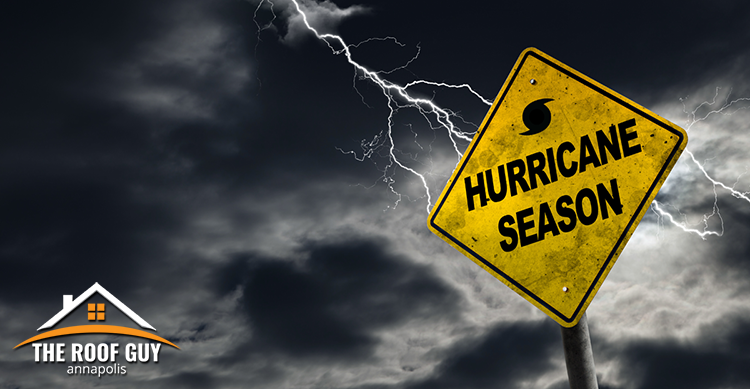
What Makes a Hurricane-Proof Roof?
The Atlantic Hurricane Season lasts typically from June 1st to November 30th. Here in the Chesapeake region, we are no strangers to intense weather patterns all year long. From blustery winds to massive thunderstorms and hurricanes to blizzards that dump enormous amounts of snow, we experience it all. Did you know that roofs are the number one claimed hurricane loss? With this in mind, you must have a hurricane-proof roof. That way, you will be prepared all year long, no matter what weather comes your way.
Seven Elements of a Hurricane-Proof Roof
To have a roof that is impervious to the elements, it must be comprised of the following components:
- Roof Covering
- Roof Sheathing
- Roof Framing
- Gable and Walls
- Eave and Gable Overhangs
- Connection to the Walls
- Roof Ventilation
Basic Roof Structure
The most critical element of your roof is its structural frame and sheathing. The walls must be strong enough to hold roof supports. The tie and bond beam support is best. Next, trusses are the essential structural connections in your house. They are effective if you use double strapping. You should know that hip roofs are safer than gabled roofs. Lastly, make sure that all openings, including doors, windows, vents, etc. are protected against uplift. Have questions about these details, or wondering whether your roof contains these essential elements? Contact a roofing professional for an evaluation.
Form and Function
There are different types of architectural roof styles; some are more hurricane-proof than others. Shingles are the most common. However, they are the least resistant to heavy rains and high winds. So, make sure your shingles are correctly installed with the right nails, nailing, tape and edge adhesion and flashing. Concrete tiles are the next best option. They are fire and hail resistant, plus can withstand winds more than 125 MPH. The most durable choice is a metal roof. Long-lasting and hearty, metal roofs are the most resistant to hurricane damage.
Devil’s in the Details
A reputable roofing contractor understands that there are details that cannot be ignored when creating a hurricane-proof roof. Proper water barriers seem like a no brainer, but some crews simply skip this step and do not seal up any breaches. Consider areas around vents or skylights. Anchoring the roof to the wall and floor to floor provides the best foundation. Thus creating better wind resistance. Lastly, brace gables more than four feet tall at both the top and the bottom.
Trust the Professionals
The Roof Guy of Annapolis believes in doing it right the first time, every time. If you feel you may not have a hurricane-proof roof, do not wait. Contact us today for a free evaluation. There is still time to ensure your home’s safety during any weather event.


